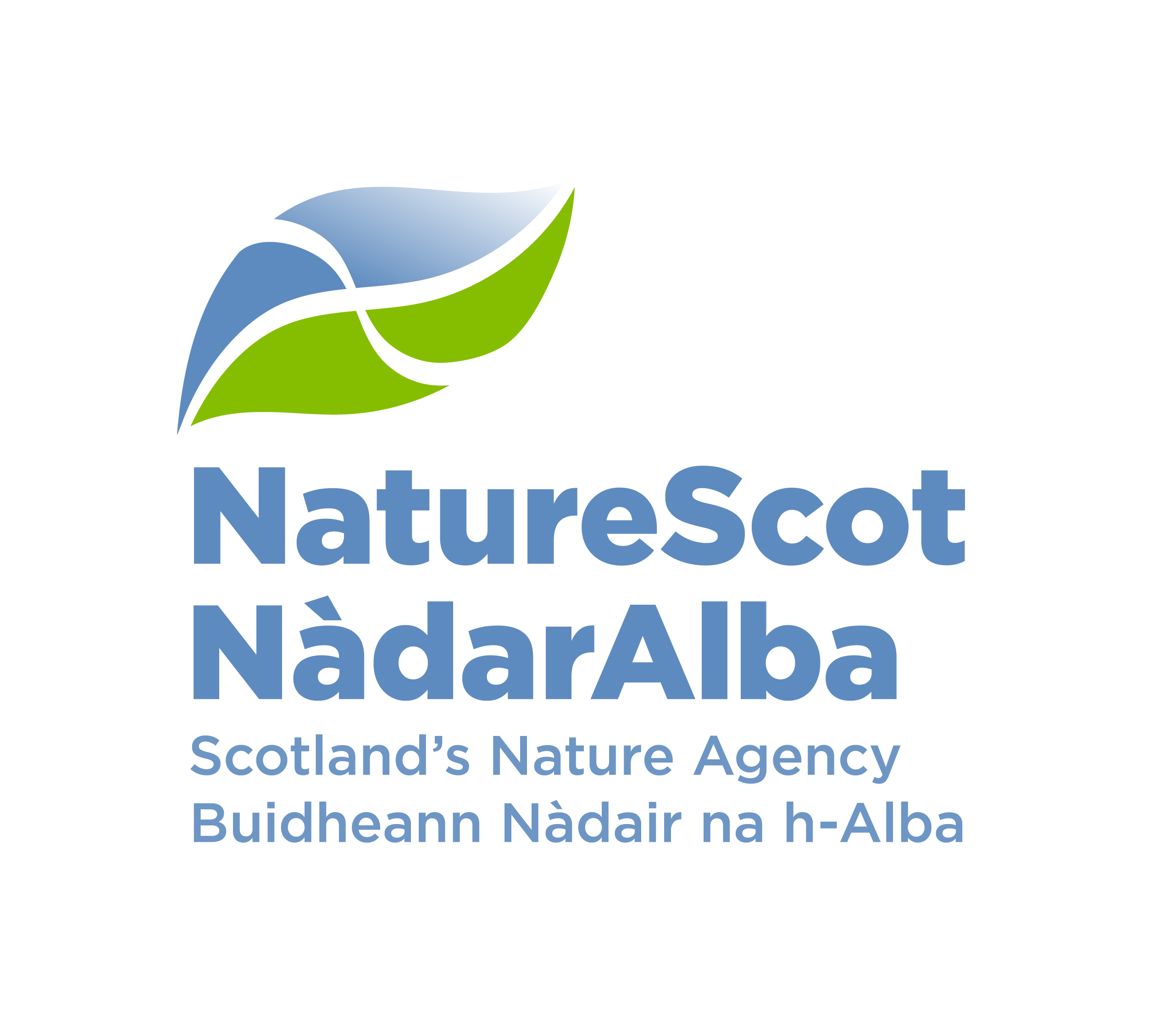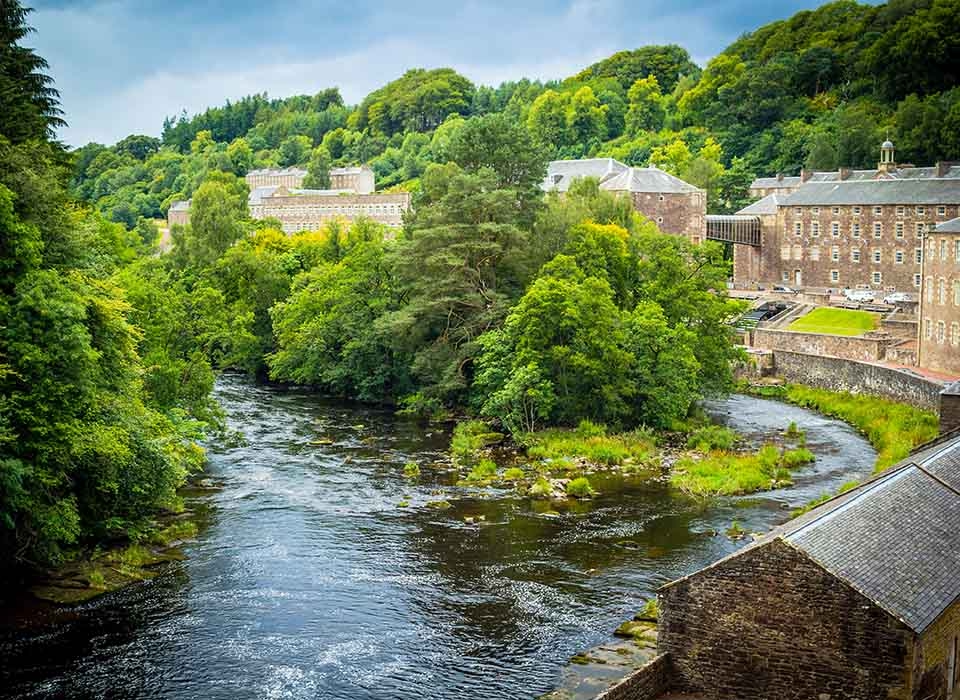
Climate change is happening. It is impacting on Scotland’s communities, businesses, infrastructure natural capital and nature’s ability to provide ecosystem services.
Restoration or enhancement of ecosystems at a catchment scale offers a significant opportunity for climate adaptation that achieves a range of multiple benefits for people and nature. Given the pace of climate chance, we need to act now to restore nature to help us adapt to climate change. The report below provides the results of a combined analysis using integrated spatial data sets, desk research, expert opinion and stakeholder survey and interviews to identify proposed priority catchments in Scotland where nature restoration can deliver multiple benefits, including climate adaptation outcomes.
This report presents the findings of research undertaken by the James Hutton Institute and Verture between November 2024 and March 2025. The conclusions reached are those of the research team and do not represent the views of NatureScot (who commissioned the research) and other agencies.
This work will be used to inform both the prioritisation of existing landscape scale nature restoration projects across Scotland and the development of new projects – helping to target the efforts of agencies at the catchments which can best support climate adaptation.
In Partnership with

Funded by

This research report will help to inform that work, but until priorities are identified and confirmed in RBMP4 (currently scheduled for December 2027) the catchments identified in this report have no formal status. They are the proposed priorities identified by a research team, not the adopted priorities of NatureScot, SEPA and other agencies.




